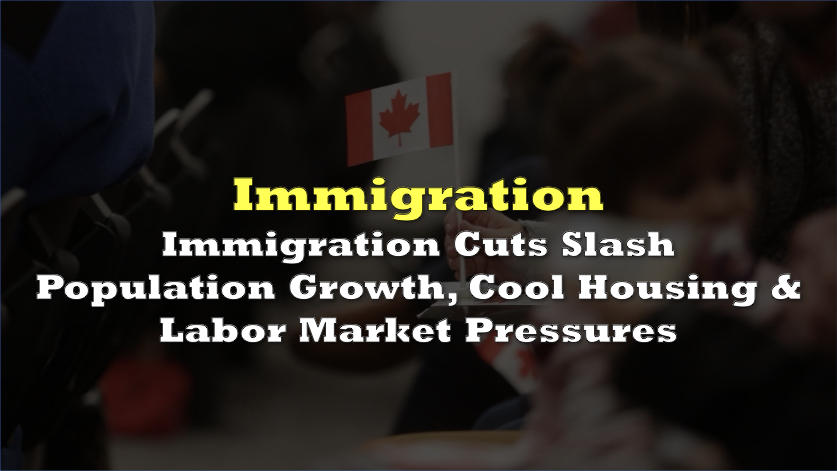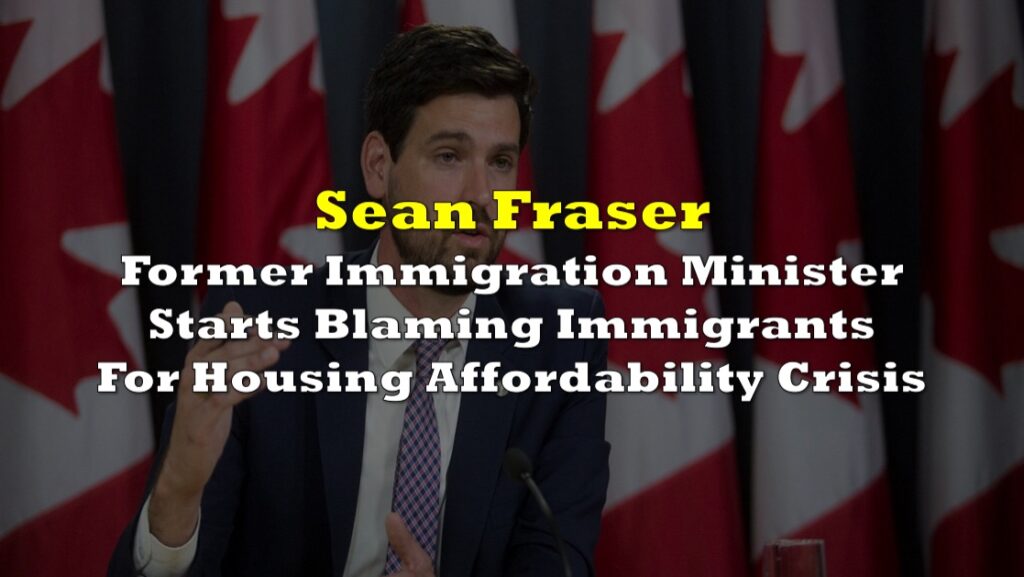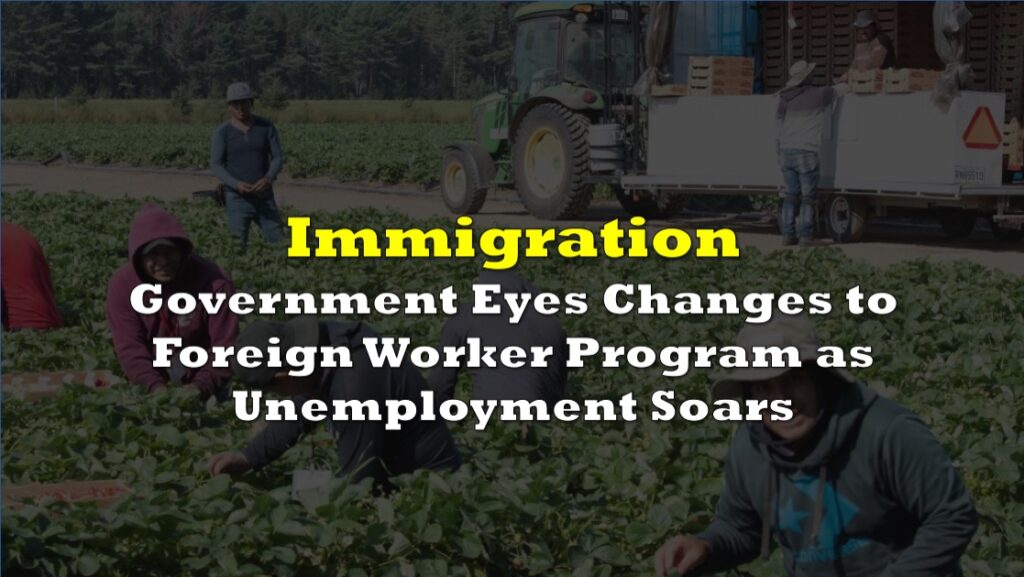TD Economics says Ottawa’s immigration cuts are already easing housing and labor-market pressures as Canada’s population growth collapsed from 3.2% in Q2 2024 to 0.9%, a sharp break that aligns with the government’s plan to right-size non-permanent residents and permanent resident targets.
Economists Beata Caranci and Marc Ercolao write that last year’s pace of arrivals outran the capacity of social and economic infrastructure. Unemployment rose more than a full percentage point between 2022 and 2024 as the labor force expanded rapidly.
Their assessment is blunt: “The short answer is yes,” when asked if the policy change is achieving its aims for housing and the labor market.
How it started How it’s going pic.twitter.com/OnYEAGPeQ7
— Tracey Wilson (@TWilsonOttawa) October 30, 2025
On housing, drastically slower immigration underpins TD’s forecast that national rent growth moderates to 3% to 3.5% in 2026, roughly half the 2024 pace. Lower newcomer caps have cooled condominium demand on both the ownership side and in the secondary rental market, putting downward pressure on asking rents in major cities. The largest shifts are in BC and Ontario, where temporary foreign workers and international students were most concentrated and where condo supply is deepest.
However, TD cautions that isolating home price impacts is nuanced because NPRs participate less in ownership and, when they do, skew to condos, so the pullback hits that segment most.
Beyond NPRs, TD notes recent immigrants were slightly more active in early-years homeownership with a preference for detached homes, but ownership rates trend toward an even split between owning and renting by years five and six. That pattern, layered onto slower inflows, supports a cooling effect without reversing structural demand where supply remains constrained.
In the labor market, the initial surge in immigration helped fill pandemic-era shortages, but capacity to absorb new workers was exhausted as labor force growth reached nearly four times its pre-pandemic pace. By mid-2024, vacancy rates had normalized, employment growth had moderated, and unemployment had moved higher.
TD reports net job losses of 40,000 between July and September 2025 and sees another 40,000 positions at risk this year, yet expects only a slight near-term uptick in unemployment followed by a gradual decline as slower labor force growth limits further slack.
“If labor growth rates of the prior two years were maintained through 2025, we estimate today’s unemployment rate could have breached 8%,” the report says.
Consumer spending surprised to the upside despite the population slowdown. Aggregate household outlays in the first half of 2025 “did not skip a beat” relative to late 2024, supported by lower interest rates, drawdowns of elevated savings, a revival in housing activity, and more domestic tourism.
Out of roughly 1.4 million new NPRs in recent years, about 400,000 were students and 300,000 to 400,000 worked in lower-wage services, leaving less discretionary firepower than in the broader population. With the drag from slower inflows smaller than expected, real per-capita spending has turned higher and is on track to surpass its mid-2022 peak next year.
“This is a reminder that immigration policy shouldn’t be static,” Caranci and Ercolao write. Adjustments should reflect shifting market conditions and skills needs, and policymakers must guard against “too much of a good thing.”
They further argue immigration will remain crucial to long-term resilience, but with targets calibrated to infrastructure, housing supply, and labor absorption capacity.
Information for this story was found via National Post and the sources mentioned. The author has no securities or affiliations related to the organizations discussed. Not a recommendation to buy or sell. Always do additional research and consult a professional before purchasing a security. The author holds no licenses.









